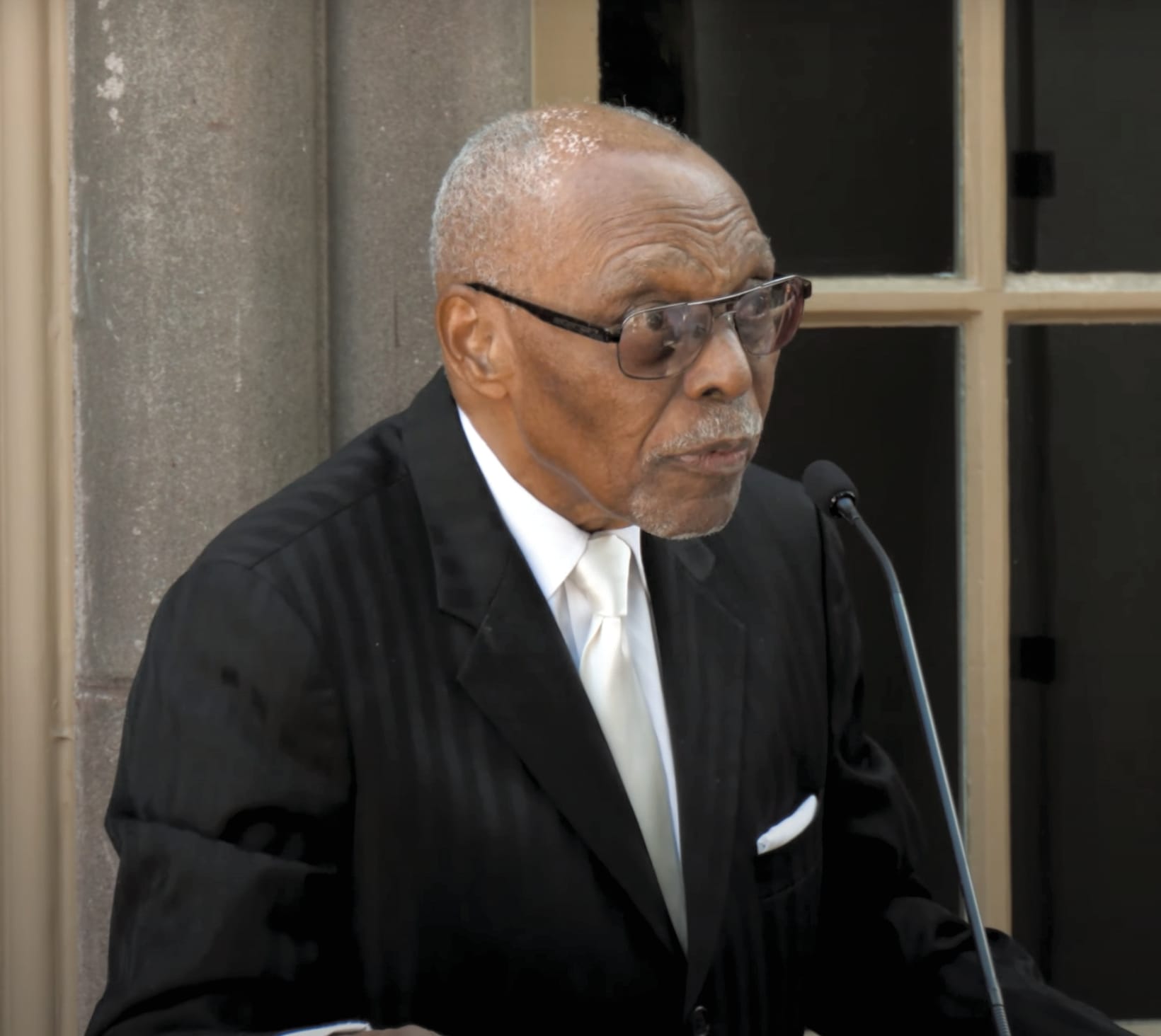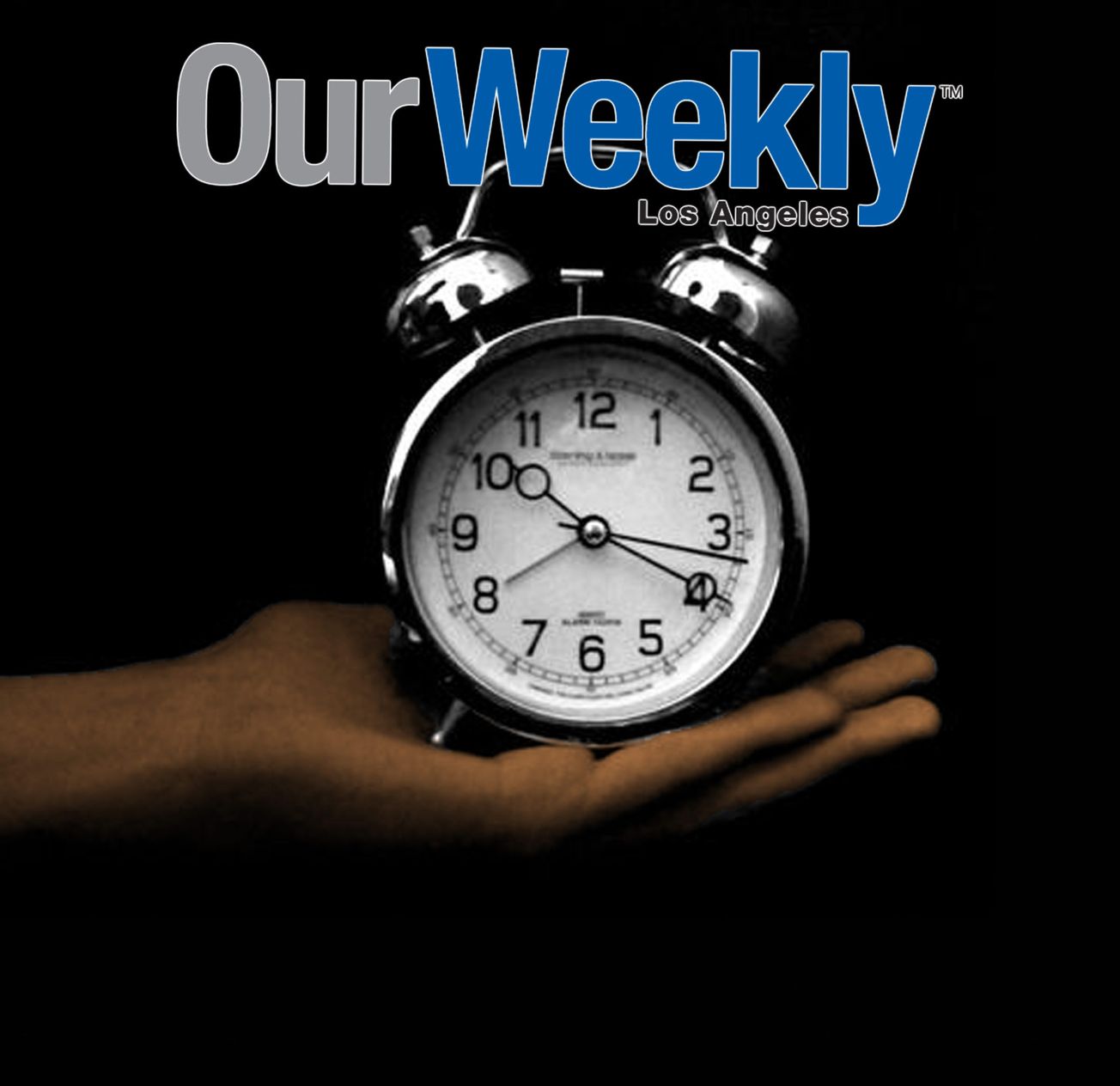Civil rights leader passes away at age 94
By Gregg Reese, OW Contributor
and Merdies Hayes, Editor

Local officials joined worshippers at First African Methodist Episcopal Church in Los Angeles on Sunday to pay tribute to Rev. Dr. Cecil L. “Chip” Murray, two days after his death at the age of 94.
Attendees included Mayor Karen Bass, former Mayor Antonio Villaraigosa and Rep. Adam Schiff, D-Burbank.
“What a wonderful service this morning at First A.M.E. Church. May the legacy of Reverend Dr. Cecil Murray live on forever in this city,” Bass posted on X.
Murray, who served as pastor of the First AME Church for 27 years and was noted for his calming presence during the 1992 Los Angeles riots, died on April 5 following a series of recent health struggles, relatives told media outlets. His son, Drew Murray, said Cecil Murray died of natural causes at his home in the View Park neighborhood of Los Angeles.
“Today we lost a giant,” Bass said in a statement after the news broke. “Rev. Dr. Cecil Murray dedicated his life to service, community, and putting God first in all things. I had the absolute honor of working with him, worshiping with him, and seeking his counsel. My heart is with the First AME congregation and community today as we reflect on a legacy that changed this city forever.”
‘In the midst of bad times, you have a good God”
—Rev. Dr. Cecil ‘Chip’ Murray
During his tenure at FAME, the city’s oldest Black church, from 1977 to 2004, Murray helped grow its congregation from 250 to more than 18,000 members and attracted high-profile visitors including former presidents Bill Clinton and George W. Bush, along with multiple governors and Los Angeles mayors.
Following his retirement, Murray embarked on a second career as a Tansey Professor of Christian Ethics and chair of the Cecil Murray Center for Community Engagement at USC from 2005 to 2022, where he trained more than 1,000 faith leaders in the “Murray Method,” which focused on tackling community needs by moving from what he called “description to prescription.”
In 1992, Murray gained national attention for helping to calm tensions during the riots sparked by the April 29, 1992, acquittal of four police officers videotaped beating motorist Rodney King, and playing a key role in rebuilding South Los Angeles after the uprising ended. During that time, he and 100 of his parishioners acted as a barrier between hostile rioters and firemen sent to extinguish the flames.
“We are not proud that we set those fires, but we’d like to make a distinction to America this morning about the difference between setting a fire and starting a fire,” he told his congregation on May 3, 1992, the day the unrest ended. “We set some of those fires, but we didn’t start any of those fires. Those fires were started when some men of influence decided that this nation can indeed exist half slave and half free. Those fires were started when some men poured gasoline on the Constitution of the United States of America.”
The next year, a consortium of White supremacist groups including the White Aryan Resistance, the Fourth Reich, and the Fourth Reich Skinheads plotted to assassinate him and bomb his church. The plot was foiled after FBI Special Agent Charlie J. Parsons utilized an informant to infiltrate one of the groups before they ignited what they hoped would be a race war.
Murray tapped one of his parishioners, Mark Whitlock, who worked in commercial real estate, to secure investments and real estate developments to help restore communities left devastated after the rioting.
“If the city of Los Angeles doesn’t make the American dream work, no one will.”
FAME hired 180 people as part of the effort and Murray oversaw the launch of FAME Renaissance, the church’s economic development unit, which attracted $400 million in corporate investment for the community. Today, FAME is a $60 million conglomerate of affordable housing, emergency relief, rehabilitation, vocational training and educational classes.
“We were able to create 4,000 jobs,” Whitlock, now a pastor at Reid Temple AME Church in Maryland, told PBS in 2020. “We developed real estate extensively throughout South Central Los Angeles. He [Murray] is a remarkable leader. He’s 90 years old, but his legacy continues through many of the real estate projects. He was the spiritual leader, the voice that moved the city and kept the city peaceful.”
Then-President George H.W. Bush named the church the “177th Point of Light” as part of his Points of Light nonprofit initiative.
Upon his retirement from the ministry, Murray joined the faculty at the University of Southern California as chair of ethics at its Center for Religion and Civic Culture. He served on the board of directors at several humanitarian organizations including the Los Angeles Homeless Services Commission and the Los Angeles Children’s Commission. At his last sermon as senior pastor of FAME on Nov. 4, 2004, Murray said: “When God has blessed you by waking you up this morning, how can you have a pity party? He used those words to encourage his congregation to pray “with their feet” in extorting his flock to go beyond the walls of the church.
A soothing baritone and natural charisma
Murray was born on Sept. 26, 1929, in Lakeland, Fla. He earned his undergraduate degree from Florida A&M University in 1951 and joined the United States Air Force after graduation where he served during the Korean War as a jet radar intercept officer in the Air Defense Command and as a navigator in the Air Transport Command. Murray retired as a reserve major in 1958 and was decorated with a Soldier’s Medal of Valor.
During his tenure in the service, Murray was rescued from a fiery plane crash by the aircraft’s pilot, a White South Carolinian. It was a pivotal moment in Murray’s decision to commit to the ministry. Upon his return home, the decorated veteran was spit on by his fellow (White) Floridians, but the experience did not deter his commitment to preaching the Gospels.
With the support of his wife, Bernardine, Murray entered his Doctor of Divinity studies at the Claremont School of Theology, graduating in 1964. He began his professional ministry at Primm AME Church in Pomona. He then shepherded churches in Kansas City, Kan. and in Seattle, Wash. before returning to California to begin his pastorship at FAME where he showed up sporting an Afro and a dashiki and began to transform the church from a rather staid congregation of traditional hymns and little civic activism to one that included drums and guitars during services. One of his first acts was to remove a European image of Christ and replace it with a mural depicting Jesus as a Black man.
Murray’s wife of 54 years, Bernardine, who gave him the nickname “Chip,” died in 2013. His survivors include his son, Drew. The public may access Murray’s interviews and sermons at the USC Cecil Murray Center for Community Engagement or visit crcc.usc.edu/events-and-training/murraycenter.









